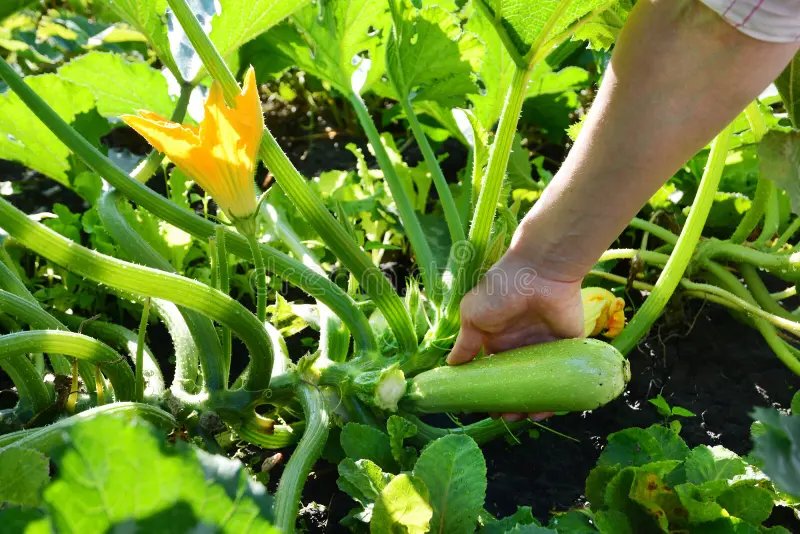Zucchini, with its vibrant green skin and tender flesh, is a favorite among gardeners and home cooks alike. Whether you’re growing it for its versatility in the kitchen or simply to enjoy the satisfaction of harvesting your own vegetables, zucchini plants are relatively easy to cultivate. However, even experienced gardeners can fall victim to seemingly minor mistakes that have a significant impact on their crop’s success. One of the most critical aspects of zucchini care is proper watering. Unfortunately, two common watering errors—overwatering and inconsistent watering—are often the culprits behind stunted growth, poor yields, or even total crop failure. In this article, we’ll explore these pitfalls in detail, explain why they occur, and provide actionable tips to ensure your zucchini plants thrive.
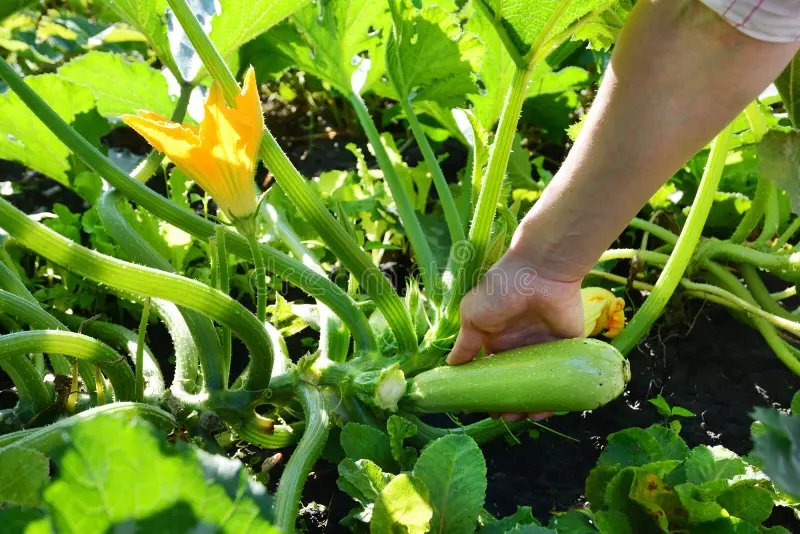
### The Importance of Proper Watering for Zucchini Plants
Before diving into the specific mistakes, it’s essential to understand why water plays such a vital role in zucchini cultivation. Zucchini plants are heavy feeders and drinkers, requiring consistent moisture to support their rapid growth and fruit production. Their large leaves and sprawling vines demand a steady supply of water to perform photosynthesis efficiently. Additionally, zucchini fruits consist of about 95% water, meaning any disruption in hydration can directly affect their size, quality, and overall yield.
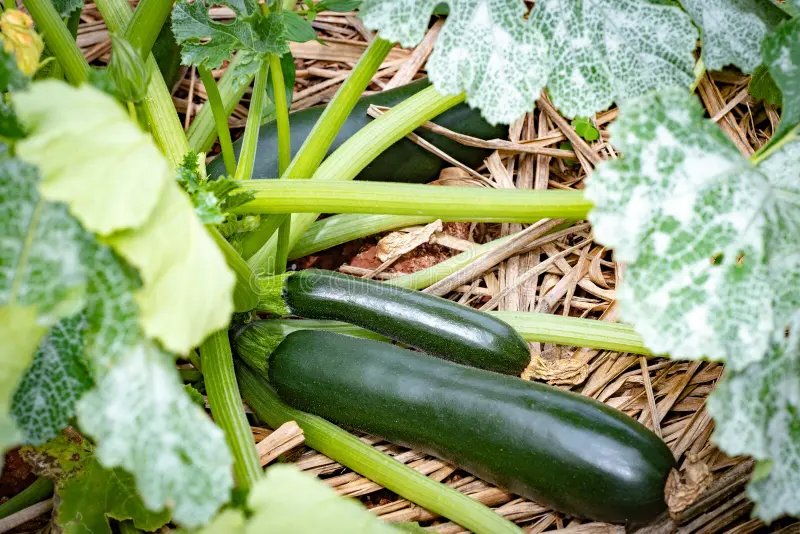
However, while zucchini needs ample water, there’s a delicate balance to maintain. Too much or too little water at the wrong times can lead to problems like root rot, blossom end rot, or wilting. By avoiding the two most common watering errors outlined below, you can set your zucchini plants up for success.
### Mistake #1: Overwatering – Drowning Your Zucchini Roots
Overwatering is perhaps the most frequent mistake made by novice and seasoned gardeners alike. It may seem counterintuitive, but giving your zucchini plants too much water can be just as detrimental as not giving them enough. Here’s why overwatering poses such a threat:
#### **1. Root Rot**
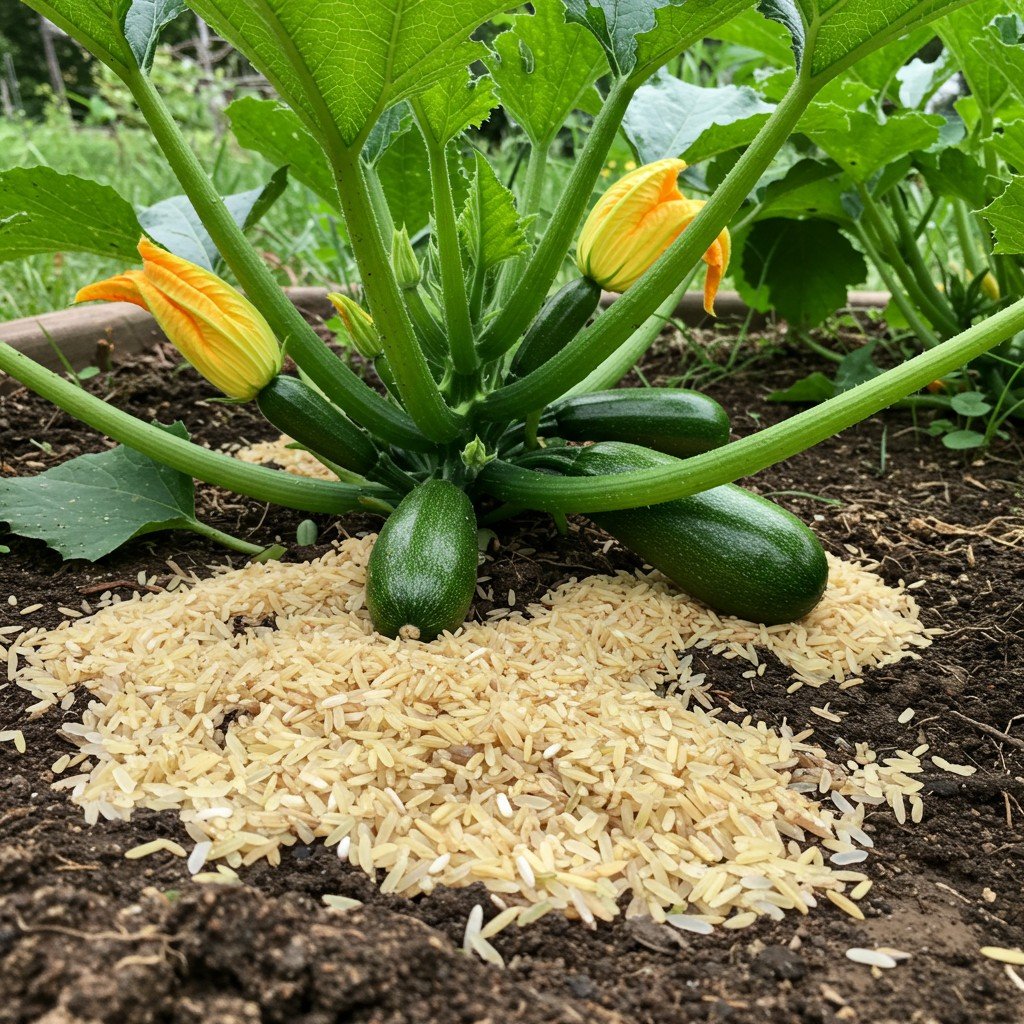
Zucchini plants have shallow root systems that thrive in well-draining soil. When the soil remains saturated for extended periods, oxygen levels drop, creating an anaerobic environment where harmful fungi and bacteria flourish. This leads to root rot, a condition where the roots become mushy, discolored, and unable to absorb nutrients and water effectively. Once root rot sets in, it’s challenging to reverse, often resulting in plant death.
#### **2. Increased Risk of Disease**
Excess moisture creates the perfect breeding ground for fungal diseases like powdery mildew and bacterial infections. These pathogens thrive in damp conditions and can quickly spread across your zucchini leaves, reducing their ability to photosynthesize and ultimately impacting fruit development.
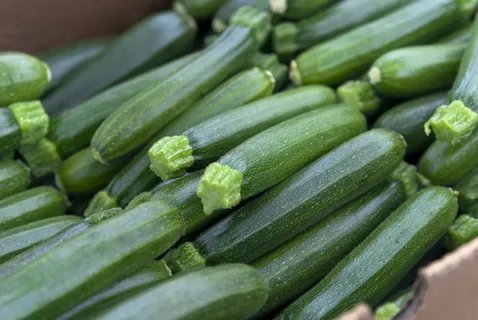
#### **3. Stunted Growth**
Ironically, overwatered zucchini plants may exhibit symptoms similar to those of underwatering, such as yellowing leaves and wilting. This occurs because the roots are suffocating and unable to deliver water and nutrients to the rest of the plant. As a result, growth slows, and fruit production declines.
#### How to Avoid Overwatering
To prevent overwatering, follow these best practices:
– **Check Soil Moisture Before Watering**: Use your finger or a moisture meter to assess whether the top inch of soil is dry. If it feels moist, hold off on watering.
– **Ensure Proper Drainage**: Plant zucchini in raised beds or amend the soil with compost and sand to improve drainage. Avoid areas prone to pooling water.
– **Water Deeply but Infrequently**: Instead of light daily sprinklings, water deeply once or twice a week to encourage deep root growth.
– **Mulch Around Plants**: Apply a layer of organic mulch (such as straw or wood chips) around the base of your zucchini plants. Mulch helps retain moisture while preventing waterlogged soil.
### Mistake #2: Inconsistent Watering – Stressing Your Zucchini Plants
The second major watering error is inconsistency. Zucchini plants require regular, predictable watering schedules to thrive. Irregular watering—alternating between drought-like conditions and sudden deluges—can wreak havoc on your plants’ health and productivity.
#### **1. Blossom End Rot**
One of the most frustrating consequences of inconsistent watering is blossom end rot, a physiological disorder characterized by dark, sunken spots on the bottom of developing zucchini fruits. This issue arises when fluctuations in soil moisture disrupt calcium uptake. Even if your soil has adequate calcium, uneven watering prevents the plant from accessing it consistently, leading to malformed fruits.
#### **2. Cracking Fruits**
Another side effect of erratic watering is fruit cracking. When zucchini plants experience prolonged dry spells followed by heavy rainfall or excessive watering, the fruits swell rapidly, causing their skins to split. Not only does this make the fruits unappealing, but it also increases susceptibility to pests and diseases.
#### **3. Reduced Yield**
Inconsistent watering stresses the entire plant, diverting energy away from fruit production. Stressed plants prioritize survival over reproduction, which translates to fewer flowers, smaller fruits, and lower overall yields.
#### How to Maintain Consistent Watering
Here are some strategies to ensure your zucchini plants receive the steady moisture they need:
– **Establish a Routine**: Create a watering schedule based on weather conditions and seasonal changes. For example, water more frequently during hot, dry spells and less during cooler, rainy periods.
– **Use Drip Irrigation**: Install a drip irrigation system to deliver water directly to the base of the plant, minimizing evaporation and ensuring even distribution.
– **Monitor Weather Patterns**: Keep an eye on local forecasts and adjust your watering habits accordingly. Supplement natural rainfall only when necessary.
– **Group Plants Strategically**: Place zucchini plants alongside other crops with similar water needs to simplify irrigation management.
### Bonus Tips for Healthy Zucchini Plants
While avoiding overwatering and inconsistent watering is crucial, here are additional tips to maximize your zucchini harvest:
1. **Choose the Right Location**: Plant zucchini in full sun (at least 6–8 hours per day) and in nutrient-rich, well-draining soil. A pH range of 6.0–7.5 is ideal.
2. **Fertilize Wisely**: Feed your zucchini plants with a balanced fertilizer every 4–6 weeks. Avoid high-nitrogen fertilizers, which promote leafy growth at the expense of fruit production.
3. **Prune Excess Leaves**: Trim overcrowded or damaged leaves to improve airflow and reduce the risk of disease.
4. **Pollinate Manually (If Needed)**: If you notice poor fruit set, gently transfer pollen from male flowers to female flowers using a small brush or cotton swab.
5. **Harvest Regularly**: Pick zucchinis when they’re young and tender (about 6–8 inches long). Frequent harvesting encourages continuous fruiting.
### Master the Art of Watering for Bountiful Zucchini Harvests
Growing zucchini doesn’t have to be complicated, but mastering the art of watering is key to unlocking their full potential. By steering clear of the two most common watering errors—overwatering and inconsistent watering—you can protect your plants from stress, disease, and reduced yields. Remember to water deeply yet infrequently, monitor soil moisture levels, and establish a reliable routine to keep your zucchini thriving throughout the growing season.
With these insights and practical tips in mind, you’re now equipped to nurture robust, productive zucchini plants that reward you with an abundant harvest. So grab your watering can, head out to the garden, and watch your zucchini patch flourish like never before
